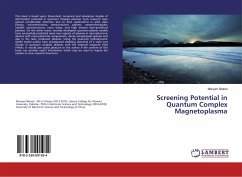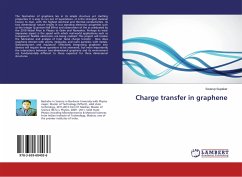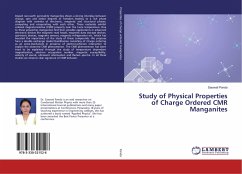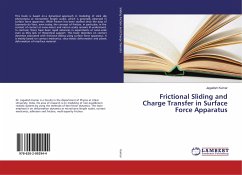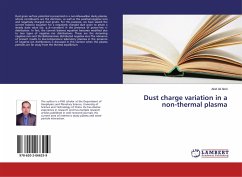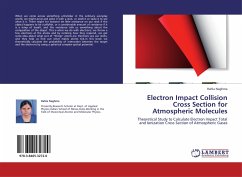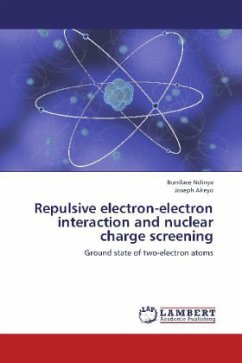
Repulsive electron-electron interaction and nuclear charge screening
Ground state of two-electron atoms
Versandkostenfrei!
Versandfertig in 6-10 Tagen
32,99 €
inkl. MwSt.

PAYBACK Punkte
16 °P sammeln!
The development of simple analytical method(s) for solving the first-order wave functions and the second-order energy for two-electron atoms has remained a major challenge of theoretical atomic physics. The failure to overcome this challenge has motivated progress in the variational-perturbation method. However, the main drawback of the method is that it fails to directly account for the mechanisms which cause nuclear charge screening usually introduced as one of the variation parameters. In the book, we have developed a simple analytical solution to the Schrödinger equation for two-electron ...
The development of simple analytical method(s) for solving the first-order wave functions and the second-order energy for two-electron atoms has remained a major challenge of theoretical atomic physics. The failure to overcome this challenge has motivated progress in the variational-perturbation method. However, the main drawback of the method is that it fails to directly account for the mechanisms which cause nuclear charge screening usually introduced as one of the variation parameters. In the book, we have developed a simple analytical solution to the Schrödinger equation for two-electron atoms based on a model that formulates the role of the repulsive electron-electron interaction term in nuclear charge screening. We have obtained an analytical expression of the first-order perturbed wave functions for two-electron atoms in the model and applied it to calculate second-order energy. The general analytic structure of the wave functions is an important guideline in the choice ofthe basis functions for use in the variational calculations.



